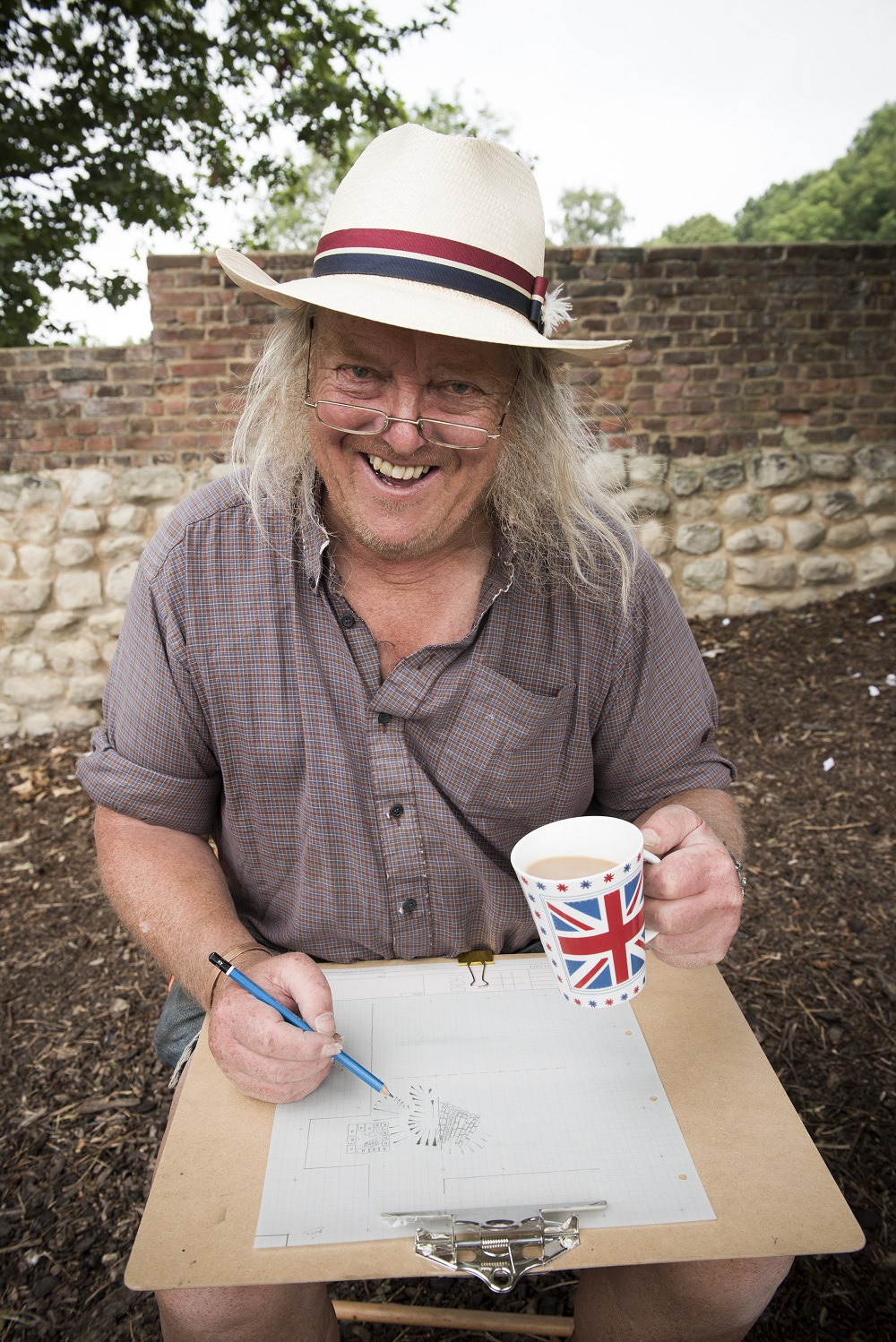New excavations on the battlefield of Waterloo have unearthed a human skeleton, amputated limbs and the remains of at least three horses.
The discoveries were made at Mont-Saint-Jean farm, which was the main allied field hospital during the battle in which the Duke of Wellington defeated French Emperor Napoleon on 18 June 1815.
Archaeologists from Waterloo Uncovered, an international charity project helping veterans and serving military to recover from combat trauma, found the remains close to the spot where amputated limbs were exhumed during a previous excavation in 2019.
The skull, with a set of teeth in good condition, was partially exposed by a mechanical digger removing top-soil. Wavre-based archaeologist Véronique Moulaert, from the Walloon Heritage Agency, immediately began the painstaking task of gently lifting compacted dry earth surrounding the body, using a specialist trowel and brushes.

Wavre-based archaeologist Véronique Moulaert (left) and Brussels osteoarchaeologist Caroline Laforest. Credit: Dennis Abbott
The human and equine remains, found alongside ammunition boxes, were almost certainly dumped in a ditch used for “battlefield clearance”. There are indications that the horses were shot to put them out of their misery after sustaining terrible injuries.
“Dead soldiers, horses, amputated limbs and more would have been quickly buried in a desperate attempt to contain the spread of disease around the hospital," explained Véronique.
Dr Caroline Laforest, an osteoarchaeologist at the Royal Belgian Institute of Natural Sciences in Brussels, is working alongside her.
“We’ve already fully exposed the head, shoulders, right arm and hand, and upper left arm of the dead soldier,” said Caroline. “Once we have unearthed the whole skeleton we will move it to the Institute for washing and microscopic analysis. This will enable us to confirm the likely age and gender of the individual, although we expect it to be a man of course.”
Speaking about the latest finds, Professor Tony Pollard, director of the Centre for Battlefield Archaeology at Glasgow University and member of the Waterloo Uncovered team, said: “I've been a battlefield archaeologist for 20 years and have never seen anything like it. We won't get any closer to the harsh reality of Waterloo than this.”
Phil Harding, another leading archaeologist involved with the project, added: “Finding a skeleton in this condition is a very rare occurrence, but it’s possible we will find more remains in the same area as the burials are linear.”

Leading British archaeologist Phil Harding. Credit: Chris van Houts
More than 10,000 men lost their lives during the battle and 20,000 horses were killed or severely maimed. The bodies, man and beast alike, were dumped in mass burial pits or burnt on pyres. It’s said that bones were later exhumed and ground down to be sold as agricultural fertiliser.
In an interview with The Brussels Times ahead of the dig (3 July 2022), Belgian archaeologist Dominique Bosquet predicted there was a “good chance” more human remains would be found on the battlefield, including under the Lion Mound. Brussels-based Bosquet previously unearthed the only other complete skeleton found on the site – during an excavation 10 years ago under what is now the car park at the Waterloo Mémorial. The skeleton is on display in the museum.
Elsewhere on the battlefield, near the church of Plancenoit, behind Napoleon’s front line, a metal detector survey by the Waterloo Uncovered team found more than 20 musket balls, evidence of the fierce fighting between French and Prussian troops during the latter stages of the battle. In his Waterloo dispatch, written immediately after the battle, Wellington hailed the timely arrival of the Prussians as “most decisive” in securing victory for the British, Dutch-Belgian and German allied army.

